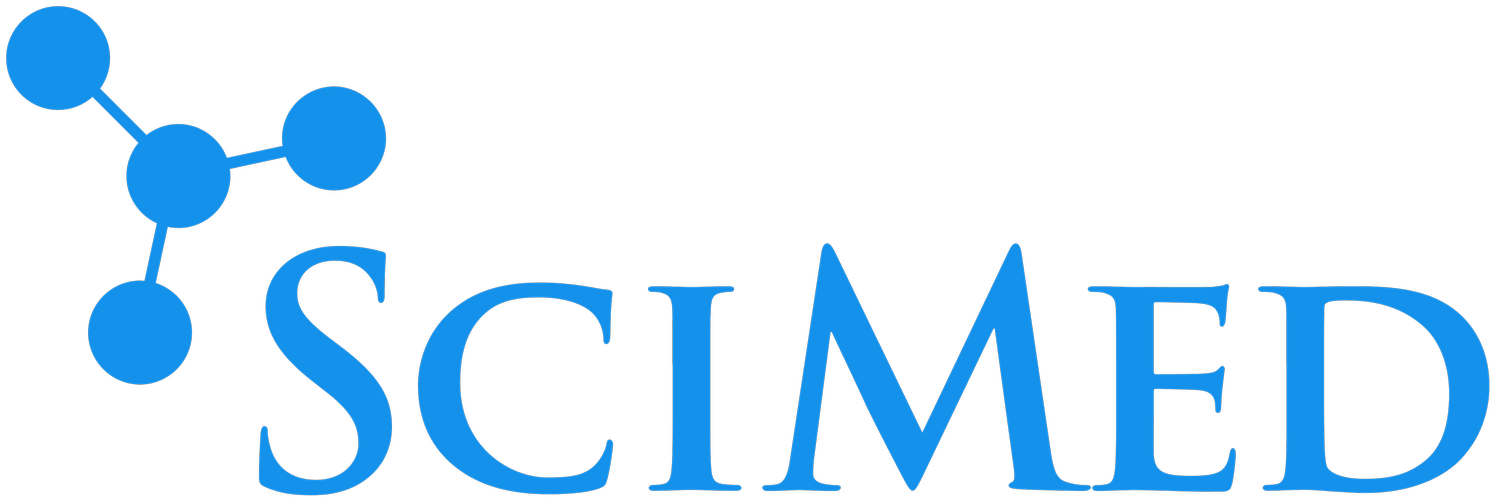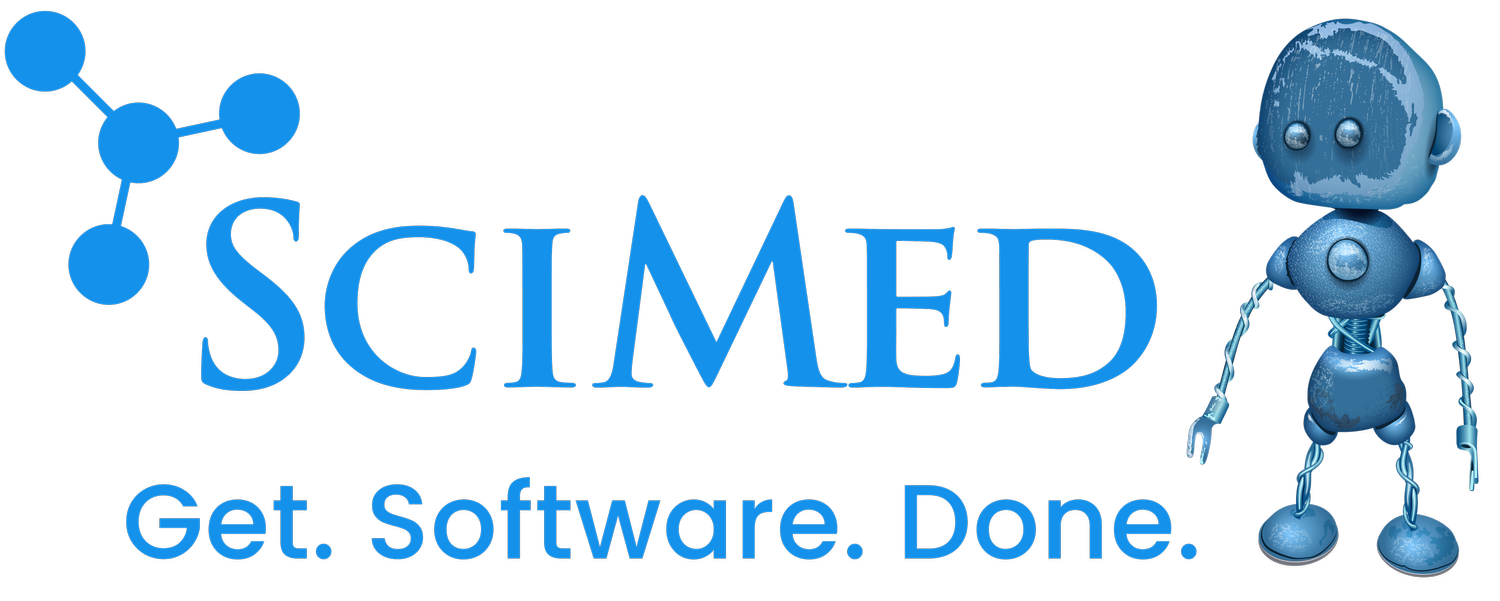Software development trends to watch in 2023
2023 is here, and with that comes a fresh slate, filled with new potential opportunities. As a team that’s developed software products for small and large biotechnology companies alike, we have our finger on the pulse of what’s trending in the software world for 2023. For starters, the $260 billion software development sector is projected to reach $700 billion in revenue by 2026. But which trends in software development will be dominant in 2023? Let's take a look at the major trends that are predicted to rule this year.
Increasing Demand for the Use of Artificial Intelligence (AI)
Due to ever-evolving technologies, software applications operate differently from year to year. What’s becoming more prominent as key developments are made in the industry is AI-powered interactions. While AI can be used for many day-to-day cases like voice response or recognition features on cell phones, biotech has the most promising use cases. One example is AlphaFold, which with the help of AI has made a revolutionary discovery in how proteins unfold.
AI will be able to complete many tasks previously too challenging for people to complete, whether analyzing the most recent data or offering advice on how to approach an issue. As for the biotechnology industry, AI can help to standardize workflows and data, create a more personalized approach to medicine, and streamline drug discovery in ways previously impossible.
Global Recognition of Microservices
Due to recent advancements in cloud and container development, more developers are now considering microservices as a top form of architecture. Long ago, monolith architecture—in which one large service is built, and new features are added as the project expands—was shown to be rarely scalable. Even said, due to numerous developments in cloud computing, microservices may only be able to peak now.
Instead of creating a single, excellent service, programmers will divide the functionality into smaller, more manageable chunks. Microservices will make up the program, each performing a single task flawlessly. If a function needs to be updated, it’s easily changeable in one microservice.
The Internet of Behavior
The next natural change is the Internet of Behaviour (IoB) in Internet of Things (IoT) technology. That was a mouthful, so what is IoB? What IoB does is take the information gathered on customer behavior such as likes and dislikes, preferences, etc. and analyze it in terms of behavioral psychology. The resulting information is then used to design new products and services relevant to target users.
This enables businesses, in biotechnology and other industries, to create and implement more targeted marketing and business tactics while improving their products from a human psychology level. IoB is not only useful for influencing consumer decisions, but also to help improve the customer experience.
By doing this, businesses will be able to create apps and software products that more accurately reflect the requirements of their users, resulting in an engaging and seamless experience and elevating the value of the development solution.
Low-Code Programming Loses Popularity
Low-code programming will continue to be popular in the upcoming year, but its prominence is on the decline. As more and more startups and organizations begin or continue to scale, their need for custom-designed software solutions will scale with them. This is not to say that low-code programming is becoming obsolete. Even with businesses offering more unique solutions, low-code programming may still be useful for several reasons.
Generally speaking, more developers are becoming aware of the drawbacks of low-code technologies. For instance, low code poses security concerns and doesn't necessarily result in the fastest or most economical applications. As expert software developers, we understand the implications of this and are able to build better products tailored to clients' needs.
If you’re a business currently using a low-code platform and beginning to realize its limitations, consider working with us to build a custom platform designed to fit your needs and grow with your company.
The Bottom Line for Software Development in 2023
Software will continue to drive industries forward, biotechnology included, in 2023. If you’re serious about integrating cutting-edge technologies into your business, reach out to us. Whether you're looking to modernize an existing program or build a new software product from the ground up, we’re here to help.




